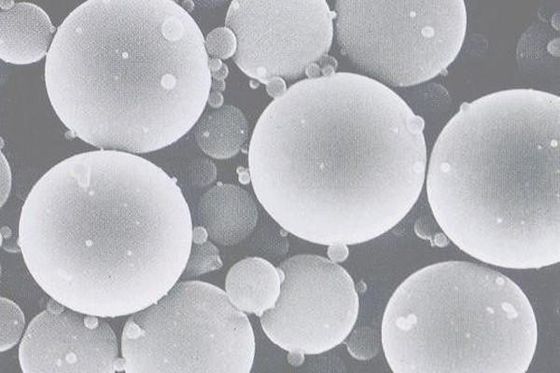BORON NITRIDE POWDER
Boron Nitride Powder Applied To High-Grade Refractory And Superhard Material
Property:
Boron nitride is a type of crystal made up of nitrogen atom and boron atom. Its crystal structure is HBN, WBN and cubic boron nitride. The crystal structure of HBN, similar to graphite layer, is loose, lubricative white powder that can easily absorb moisture and is light in weight, hence the name “white graphite”. Its theoretical density: 2.27g/cm3, specific gravity:2.43, Mullite hardness:2. HBN shows desirable insulativity and thermal conductivity, stable chemical property and without sharp melting point. When mixing with 0.1MPA nitrogen, it can resist heat of 3000℃; when in neutral reducing atmosphere,it can resist heat of 2000℃; when used in nitrogen and argon, the application temperature can be 2800℃. HBN shows poorstability when in oxygen and the usage temperature is below 1000℃. The dilatation coefficient of HBN is the same as that of quartz, but its thermal conductivity is ten times that of quartz.
HBN is insoluble in cold water. When boiled in water, its hydrolyzation process is very slow and will generate a small amount of boric acid and ammonia. It will not react with weak acid and alkali in indoor temperature and is slightly soluble in hot acid. Besides, it can resolve when treated with molten sodium hydroxide and potassium hydroxide.
Performance parameters of boron nitride:
1. High heat resistance: It will sublime at 3000℃; When at 1800℃, its strength is twice of when in room temperature. It will not break when cooling from 1500℃ to room temperature for dozens of times, and will not become soft when in inert gases of 2800℃.
2. Property of high conductivity: Hot pressed product is 33W/M.K, the same as pure iron. When above 530℃, it has the largest thermal conductivity among ceramic materials when above 530℃.
3. Low coefficient of thermal expansion: Its coefficient of thermal expansion is 2×10-6, second to quartz glass and the lowest among ceramics. With its high thermal conductivity, it has high thermal shock resistance.
4. Excellent electrical property: excellent high temperature insulation; when at 25℃, it can reach 1014Ω-cm, and can reach 103Ω-cm when at 2000℃.So it is the best high-temp. insulating material among ceramics. When the breakdown voltage is 3KV/MV and the low dielectric loss is 108HZ, it can reach 2.5×10-4, the dielectric constant is 4 and can penetrate microwave and infrared ray.
5. Great corrosion resistance: It will not react with ordinary metal (iron, copper, aluminum, lead and so on), rare earth metal, precious metal, semiconductor materials (germanium, silicon, potassium arsenide), glass, fused salt (crystal, fluoride and slag), mineral acid, and alkali.
6. Low friction coefficient: U is 0.16, and will not increase in high temperature. It has a greater resistance to high temperature than molybdenum disulfide and graphite. The oxidizing atmosphere can be 900℃; when in vacuum, it can be used at 2000℃.
7. High purity and higher B: Its impurity content is lower than 10PPM and the B content is over 43.6%.
8. Machinability: Its hardness is Mohs 2, so it can be processed into parts and components of high precision by means of general mechanical processing.
Application of HBN:
HBN can be used to produce TiB2/BN composite ceramic and can also be applied to high-grade refractory and superhard material. The separating ring of horizontal continuous forging steel can be used as high-temperature lubricant, high-temperature paint, and the raw material of synthetic cubic boron nitride.
We supply a full series of HBN Powder, Spherical BN, and Nano BN spheres. Please contact us for more detailed product information.




 Your message must be between 20-3,000 characters!
Your message must be between 20-3,000 characters! Please check your E-mail!
Please check your E-mail!  Your message must be between 20-3,000 characters!
Your message must be between 20-3,000 characters! Please check your E-mail!
Please check your E-mail! 



